Home>Articles>How Long Does It Take For Electric Pressure Cooker To Release Pressure
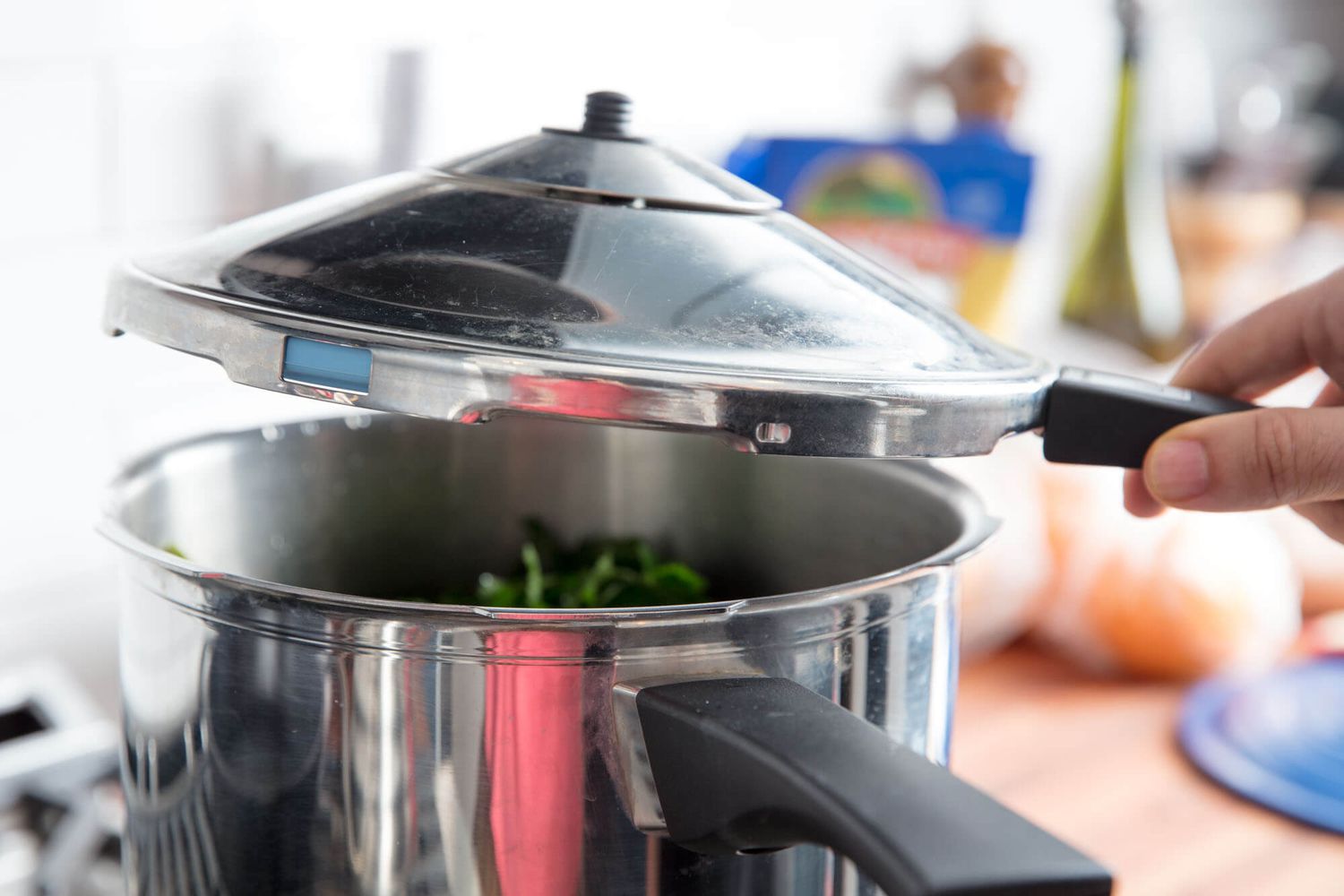

Articles
How Long Does It Take For Electric Pressure Cooker To Release Pressure
Modified: December 6, 2023
Discover how long it takes for an electric pressure cooker to release pressure in this comprehensive article. Learn the ins and outs of pressure release times and choose the perfect cooker for your needs.
(Many of the links in this article redirect to a specific reviewed product. Your purchase of these products through affiliate links helps to generate commission for Storables.com, at no extra cost. Learn more)
Introduction
Welcome to the world of electric pressure cookers! These innovative kitchen appliances have revolutionized the way we cook, making it quicker and more convenient to prepare delicious meals. One important aspect of using an electric pressure cooker is understanding how long it takes for the cooker to release pressure after cooking.
Pressure release is a crucial step in the cooking process as it allows the pressure inside the cooker to return to normal, making it safe to open the lid. Failing to release the pressure properly can result in accidents or undercooked food.
In this article, we will explore the factors that influence the time it takes for an electric pressure cooker to release pressure. We will also provide some tips and tricks to help shorten the pressure release time and avoid common mistakes that can prolong the process.
So, if you have ever wondered about the time it takes for an electric pressure cooker to release pressure, read on to discover all you need to know.
Key Takeaways:
- Electric pressure cookers offer natural and quick release methods, with factors like food type and cooking time affecting pressure release duration. Follow tips to expedite the process and avoid common mistakes for safe and efficient cooking.
- Understanding pressure release methods, factors affecting release time, and tips to expedite the process is crucial for safe and efficient cooking with electric pressure cookers. Avoid common mistakes and enjoy the convenience of quick, delicious meals.
Understanding Electric Pressure Cookers
Electric pressure cookers are compact kitchen appliances designed to cook food quickly and efficiently under high pressure. They work by trapping steam inside the cooking pot, which raises the temperature and increases the pressure. This high-pressure environment helps to speed up cooking times, making it perfect for busy individuals or families.
Electric pressure cookers generally consist of three main components: the inner cooking pot, the pressure release valve, and the lid. The inner cooking pot is usually made of stainless steel and is where you place your ingredients. The pressure release valve is responsible for controlling the pressure inside the cooker, while the lid seals everything tightly to create a pressurized environment.
One of the key advantages of electric pressure cookers is their versatility. They offer a wide range of cooking functions, allowing you to sauté, steam, slow cook, and even bake. This multipurpose nature makes them a valuable addition to any kitchen, regardless of your culinary expertise.
To operate an electric pressure cooker, you typically add the ingredients, secure the lid, and set the cooking time and pressure level using the control panel. Once the cooking cycle is complete, it is important to release the pressure before opening the cooker.
So, how does the pressure release process work in electric pressure cookers? Let’s find out in the next section.
The Pressure Release Process Explained
After cooking in an electric pressure cooker, the pressure release process begins. This process allows the built-up pressure inside the cooker to return to normal, ensuring that it is safe to open the lid.
There are two main methods for releasing pressure in electric pressure cookers: natural release and quick release.
Natural Release: Natural release involves allowing the pressure to dissipate on its own over time. Once the cooking cycle is complete, you simply turn off the heat and let the pressure cooker sit for a specific period. This allows the pressure to gradually decrease as the temperature inside the pot begins to drop. Natural release can take anywhere from 10 to 30 minutes or even longer, depending on the type of food being cooked and the amount of pressure built up.
Quick Release: Quick release is the faster method of releasing pressure. It involves manually releasing the pressure using the pressure release valve on the cooker lid. By turning the valve to the “venting” position, steam is released immediately, lowering the pressure rapidly. This method is useful when you need to stop the cooking process quickly or when the recipe calls for releasing pressure immediately after cooking. However, it is important to exercise caution when performing a quick release, as the steam can be hot and may cause burns if not handled properly.
It’s worth noting that some electric pressure cookers also offer a combination of both natural and quick release methods, giving you the flexibility to choose the most suitable option for your specific cooking needs.
Now that we understand the two methods of pressure release, let’s explore the factors that can affect the time it takes for an electric pressure cooker to release pressure.
Factors Affecting the Time for Pressure Release
Several factors can impact the duration it takes for an electric pressure cooker to release pressure. Understanding these factors can help you estimate the time required for pressure release and plan your cooking accordingly.
Type of Food: The type of food being cooked plays a significant role in the pressure release time. Foods with high starch content, such as rice or beans, tend to produce more foam and can cause the pressure release process to take longer. On the other hand, foods with lower starch content, like vegetables or meat, typically release pressure more quickly.
Cooking Time: The length of the cooking cycle can also affect the pressure release time. Longer cooking times often result in a higher build-up of pressure, which may take more time to release. Conversely, shorter cooking times may require less time to release pressure.
Pressure Level: The pressure level you choose for cooking can impact the pressure release time. Most electric pressure cookers offer adjustable pressure settings, usually high or low. Cooking at high pressure will create more pressure inside the cooker, resulting in a longer pressure release time compared to cooking at low pressure.
Quantity of Food: The amount of food being cooked can influence the time it takes to release pressure. Cooking larger quantities of food will require more time for the pressure to dissipate. Additionally, overcrowding the cooking pot can result in slower pressure release, so it is important to ensure you do not exceed the maximum fill line indicated by the manufacturer.
Starting Internal Pressure: The initial pressure inside the cooker at the start of the pressure release process can impact the overall time needed. If the pressure built up during cooking is higher, it will take more time for the cooker to release pressure back to normal.
Altitude: The altitude at which you are cooking can affect the pressure release time. Higher altitudes have lower atmospheric pressure, which can affect the cooking and pressure release process. Cooking at high altitudes may result in longer pressure release times, so it is essential to adjust cooking times accordingly.
These factors can vary depending on the specific model of your electric pressure cooker and the recipe you are using, so it is always a good idea to consult the instruction manual or follow recipe guidelines for estimated pressure release times.
In the next section, we will provide some helpful tips to shorten the pressure release time and expedite your cooking process.
After cooking, it typically takes 10-20 minutes for an electric pressure cooker to naturally release pressure. For a quicker release, use the quick release valve, but be cautious of hot steam.
Tips to Shorten Pressure Release Time
Waiting for the pressure to release can sometimes be the most time-consuming part of using an electric pressure cooker. However, there are several tips and tricks you can employ to shorten the pressure release time and get your meal on the table faster. Here are some effective strategies:
- Quick Release Method: Whenever possible, use the quick release method to release pressure. This method can significantly reduce the time needed compared to natural release. Just be cautious when handling the hot steam, and always follow the manufacturer’s instructions for your specific pressure cooker model.
- Cook Smaller Portions: Cooking smaller portions of food can help speed up the pressure release process. The less food there is in the cooker, the faster the pressure will dissipate. If you’re cooking a large quantity of food, consider splitting it into two separate batches.
- Add Cold Water: For recipes that require natural release, you can speed up the process by carefully pouring cold water over the cooker’s lid. The cold water helps to cool down the cooker faster, reducing the pressure release time.
- Move the Pressure Cooker: If you’re using the natural release method, moving the pressure cooker to a cooler area can help speed up the release. Avoid placing it near heat sources or in direct sunlight, as these can hinder the cooling process.
- Release in Intervals: If you’re short on time but prefer to use the natural release method, you can try releasing the pressure in intervals. Simply release the pressure for a few minutes, then close the valve and repeat the process several times. This can help accelerate the pressure release while still allowing the flavors to develop.
- Cook at Low Pressure: When appropriate, consider cooking at low pressure instead of high pressure. Although it may increase the cooking time slightly, it can reduce the pressure release time since there is less pressure to dissipate.
Remember, the specific method and time required for pressure release may vary depending on your cooker and recipe, so ensure you carefully follow the manufacturer’s instructions and recipe guidelines for the best results.
Avoiding some common mistakes during the pressure release process can also help streamline your cooking experience, as we will discuss in the next section.
Common Mistakes to Avoid During Pressure Release
Properly releasing the pressure in an electric pressure cooker is essential for both safety and the quality of your cooked dishes. To ensure a smooth pressure release process, it is important to avoid these common mistakes:
- Opening the Lid Too Soon: One of the biggest mistakes people make is opening the pressure cooker lid before the pressure has fully released. This can be dangerous and may result in hot steam escaping or undercooked food. Always wait until the pressure has completely dissipated and the pressure indicator has dropped before attempting to open the lid.
- Forcing the Lid Open: Trying to force the lid open when the pressure hasn’t fully released can lead to accidents. If the lid is not opening easily, it is a sign that the pressure is still present. Patience is key during the pressure release process.
- Using Quick Release for Foamy Foods: Foamy foods, such as rice or oatmeal, can cause blockages in the pressure release valve when using the quick release method. To avoid clogging and potential damage to the cooker, it is best to use natural release for these types of foods.
- Overfilling the Cooker: Overfilling the pressure cooker can lead to longer pressure release times. It is crucial to follow the manufacturer’s instructions regarding the maximum fill line to ensure safe and efficient pressure release.
- Using Quick Release for Foods with High Liquid Content: Quick releasing foods with high liquid content, such as soups or stews, can result in liquid spurting out of the pressure release valve along with the steam. To prevent this, it is advisable to use the natural release method for dishes with high liquid content.
- Not Cleaning the Pressure Release Valve: A clogged pressure release valve can affect the efficiency of pressure release. It is essential to clean the valve regularly to ensure proper functioning and prevent any blockages.
By avoiding these mistakes and following the recommended guidelines for pressure release, you can ensure a smooth and safe cooking experience with your electric pressure cooker.
Now that you are aware of the common mistakes to avoid, let’s wrap up the article and summarize the key points discussed.
Conclusion
Electric pressure cookers have become popular kitchen appliances for their ability to cook meals quickly and efficiently. Understanding the process of pressure release is crucial for a seamless cooking experience and ensuring the safety of the users.
In this article, we explored the two main methods of pressure release: natural release and quick release. Natural release involves allowing the pressure to dissipate on its own over time, while quick release involves manually releasing the pressure using the valve. Both methods have their advantages and use cases.
We also discussed the factors that can affect the time it takes for an electric pressure cooker to release pressure. The type of food, cooking time, pressure level, quantity of food, starting internal pressure, and altitude are all factors to consider when estimating pressure release time.
To expedite the pressure release process, we provided some helpful tips such as using the quick release method, cooking smaller portions, adding cold water, and moving the pressure cooker to a cooler area. These strategies can help save time and get your meals ready faster.
Lastly, we emphasized the importance of avoiding common mistakes during the pressure release process, such as opening the lid too soon, forcing the lid open, using quick release for foamy foods, overfilling the cooker, and not cleaning the pressure release valve. By following the proper procedures and taking precautions, you can ensure a safe and efficient pressure release every time.
Now that you have a better understanding of how long it takes for an electric pressure cooker to release pressure and how to optimize the process, you can confidently use your cooker to prepare delicious meals in less time. Stay safe, happy cooking, and enjoy the convenience and versatility of your electric pressure cooker!
Frequently Asked Questions about How Long Does It Take For Electric Pressure Cooker To Release Pressure
Was this page helpful?
At Storables.com, we guarantee accurate and reliable information. Our content, validated by Expert Board Contributors, is crafted following stringent Editorial Policies. We're committed to providing you with well-researched, expert-backed insights for all your informational needs.
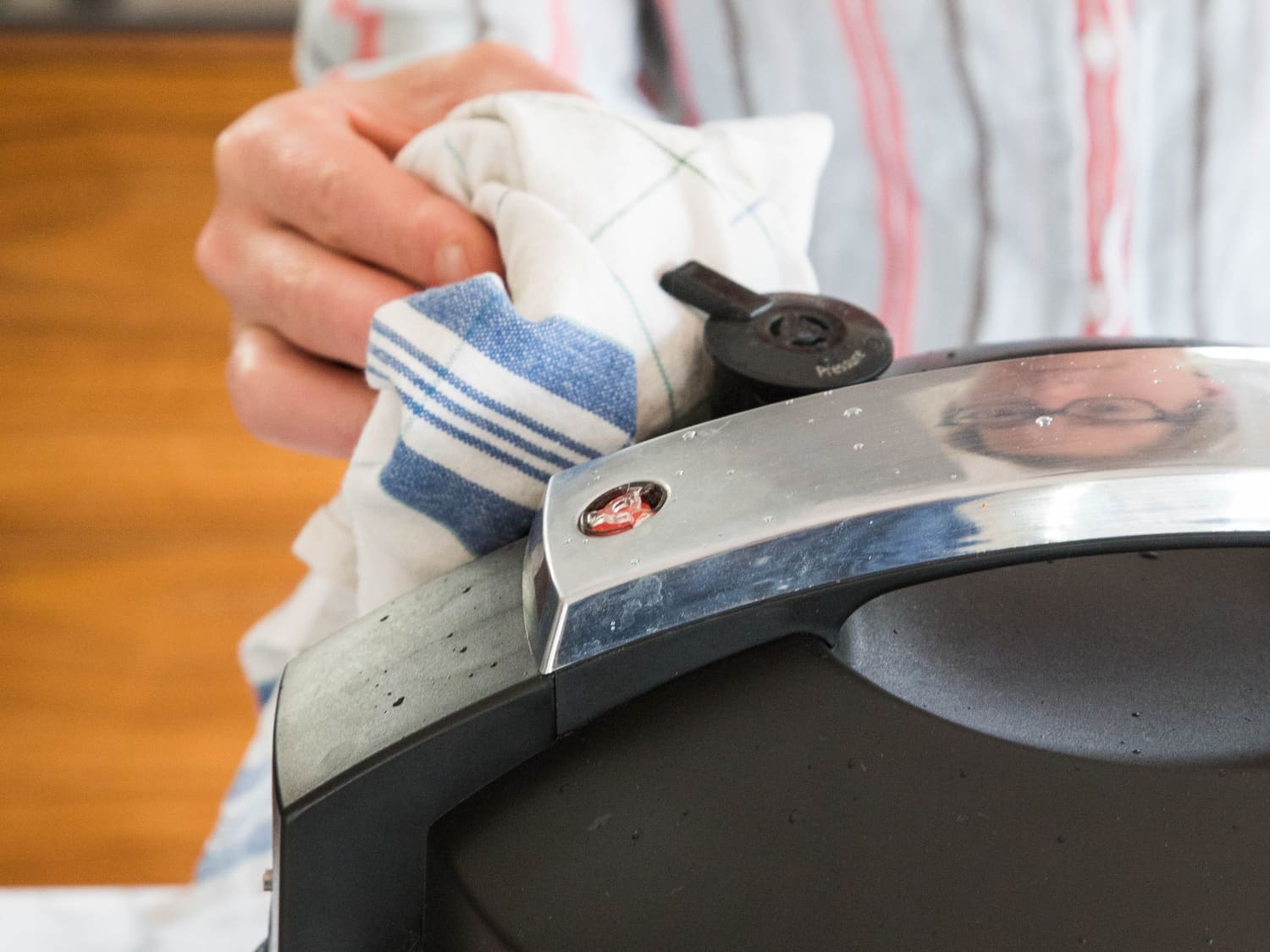
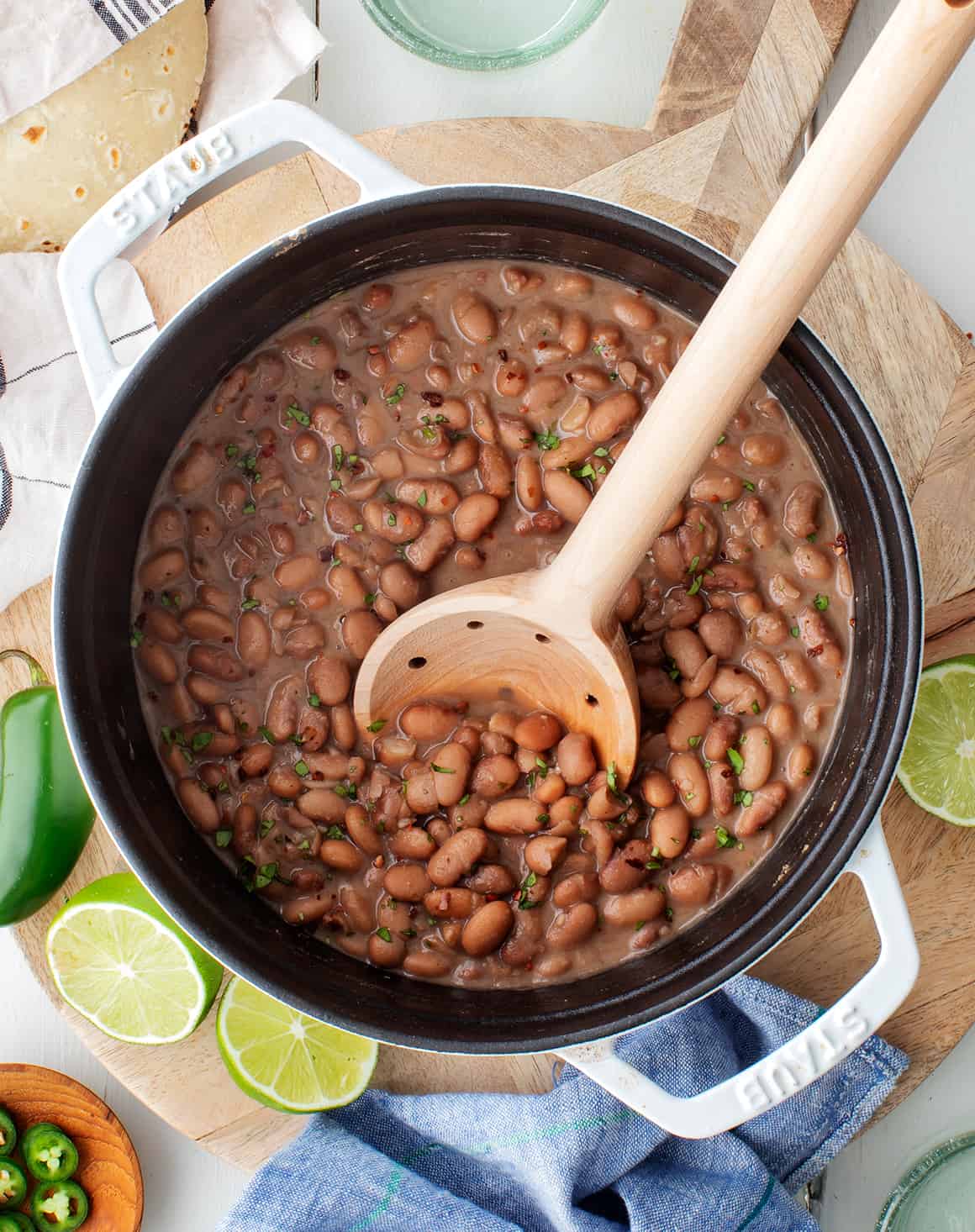
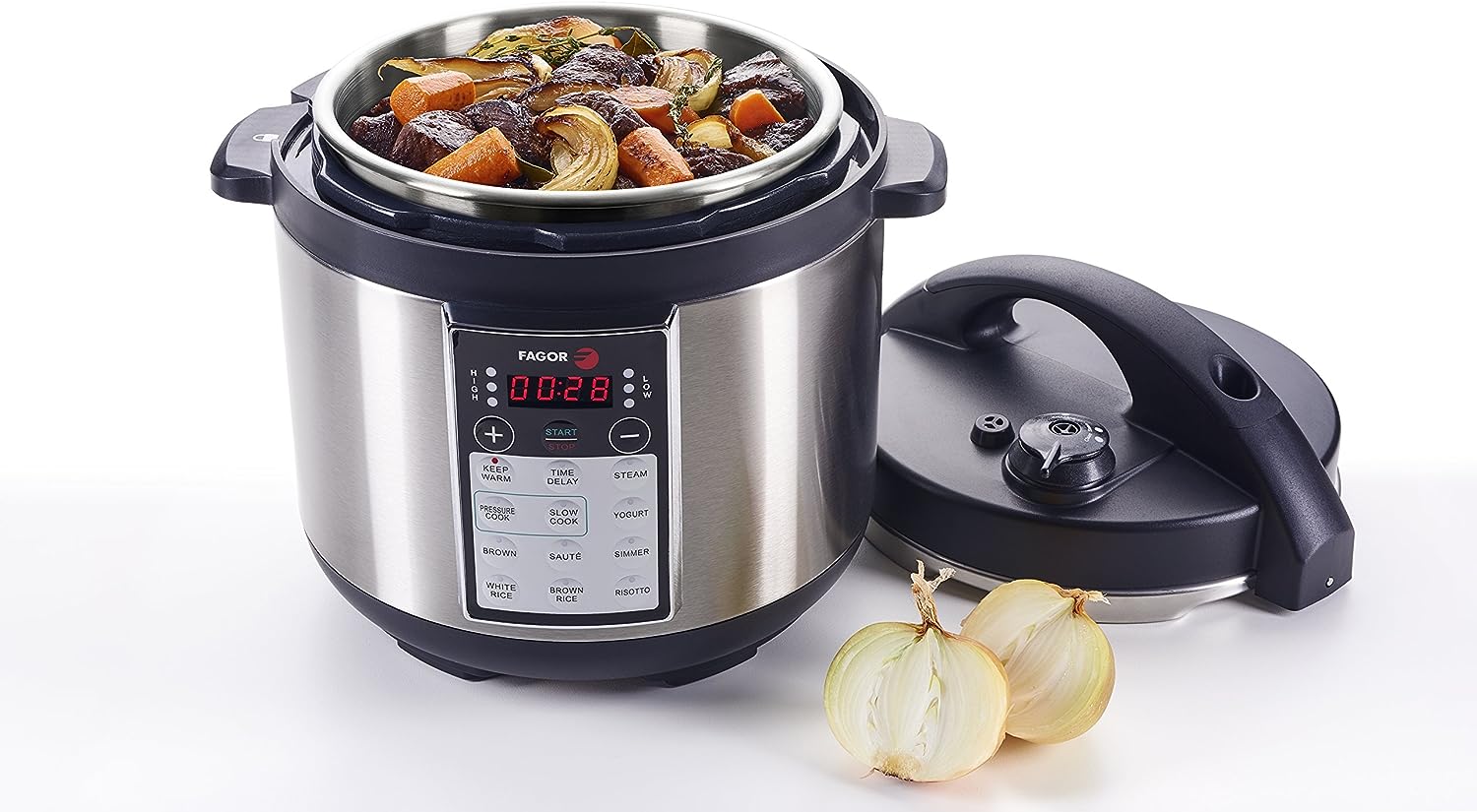
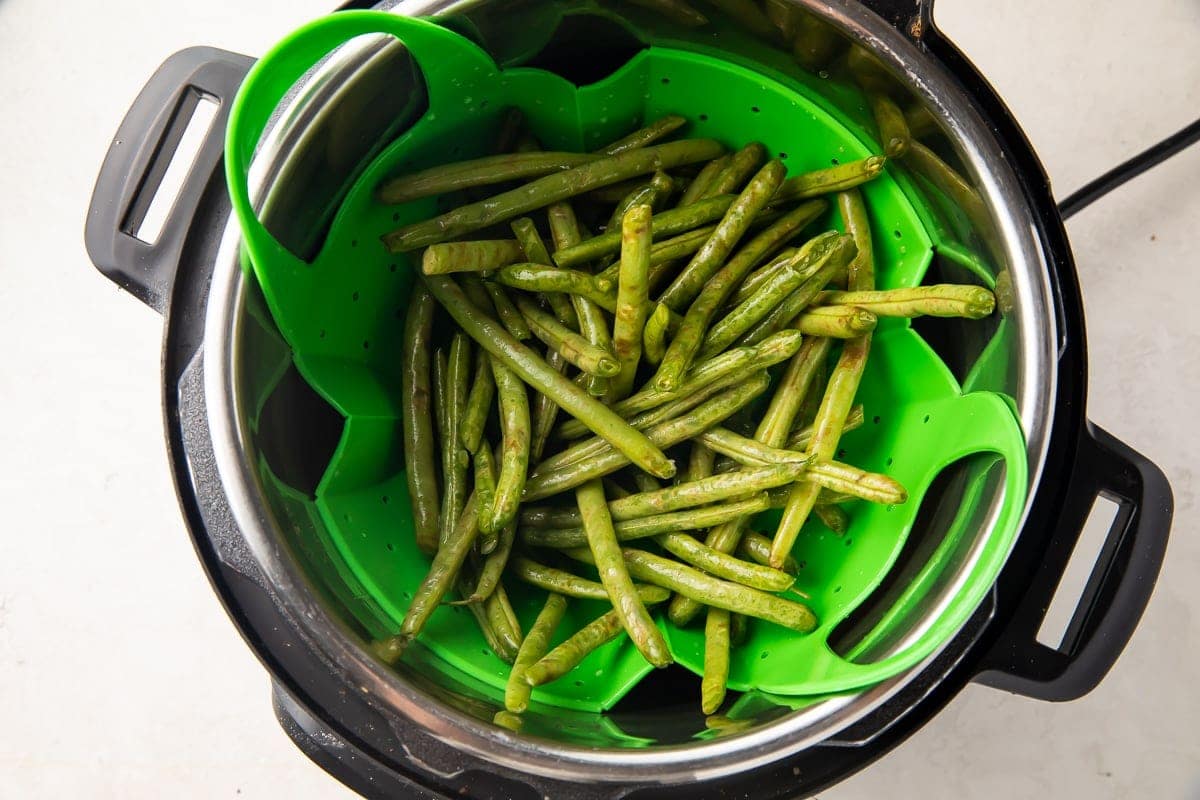
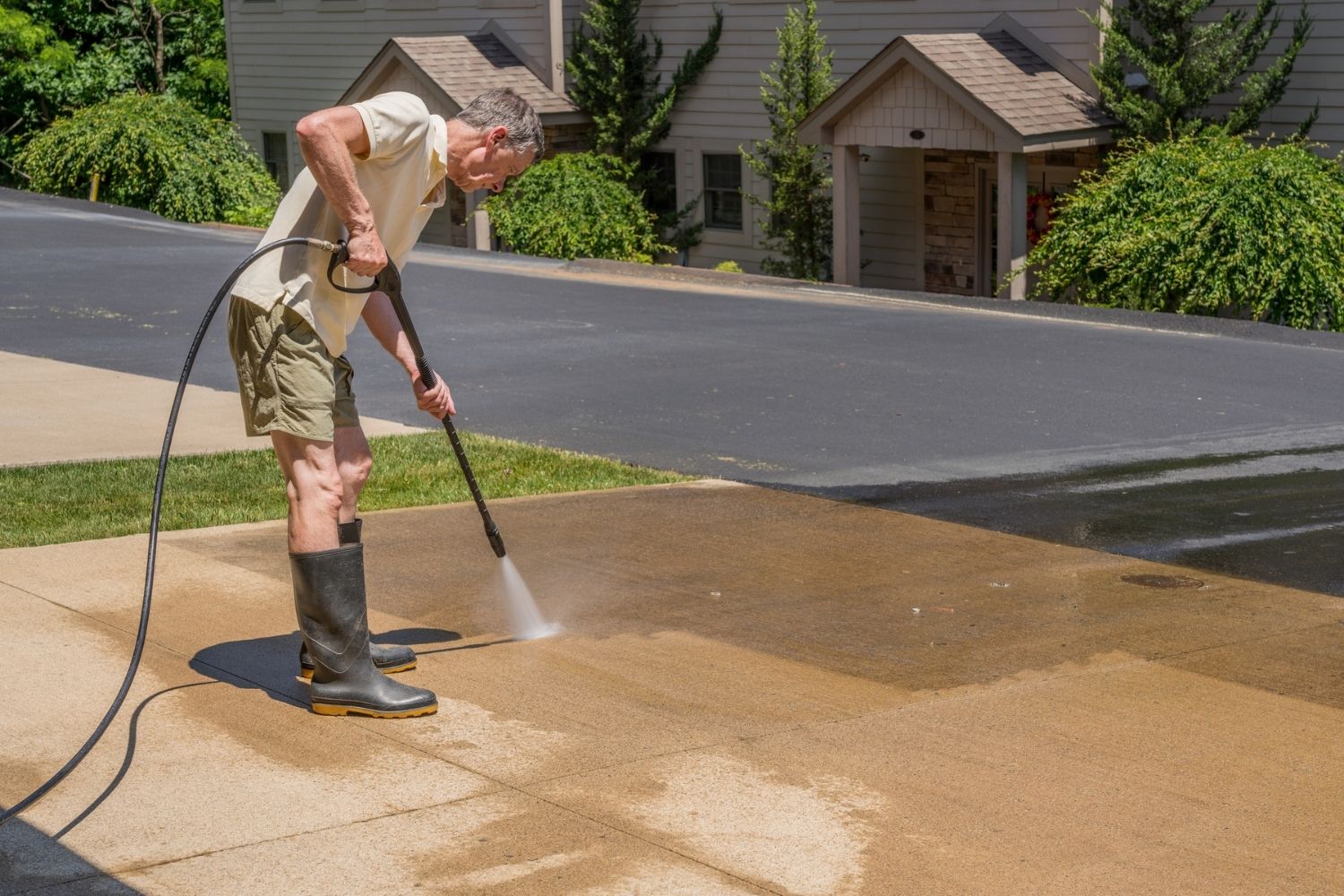
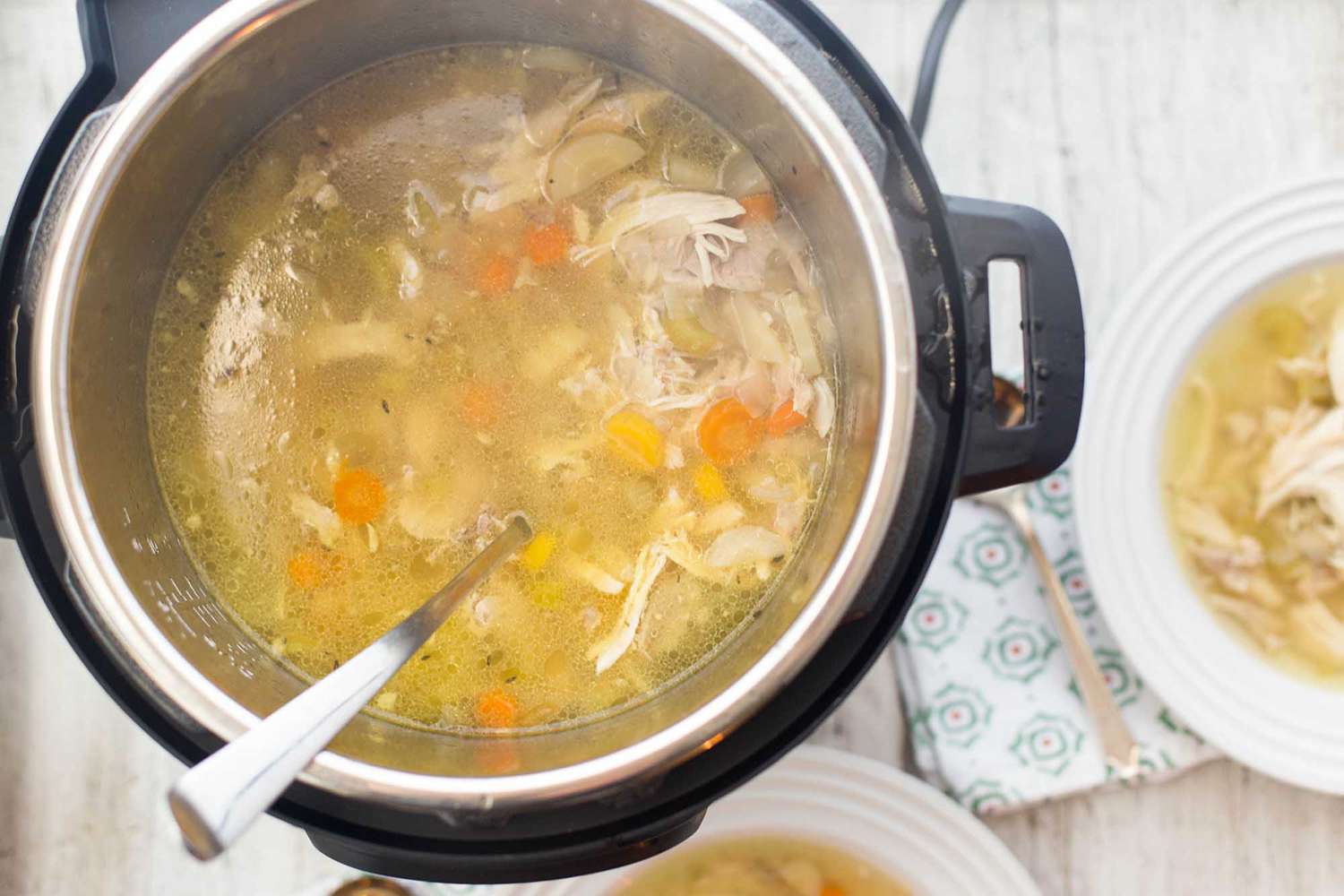
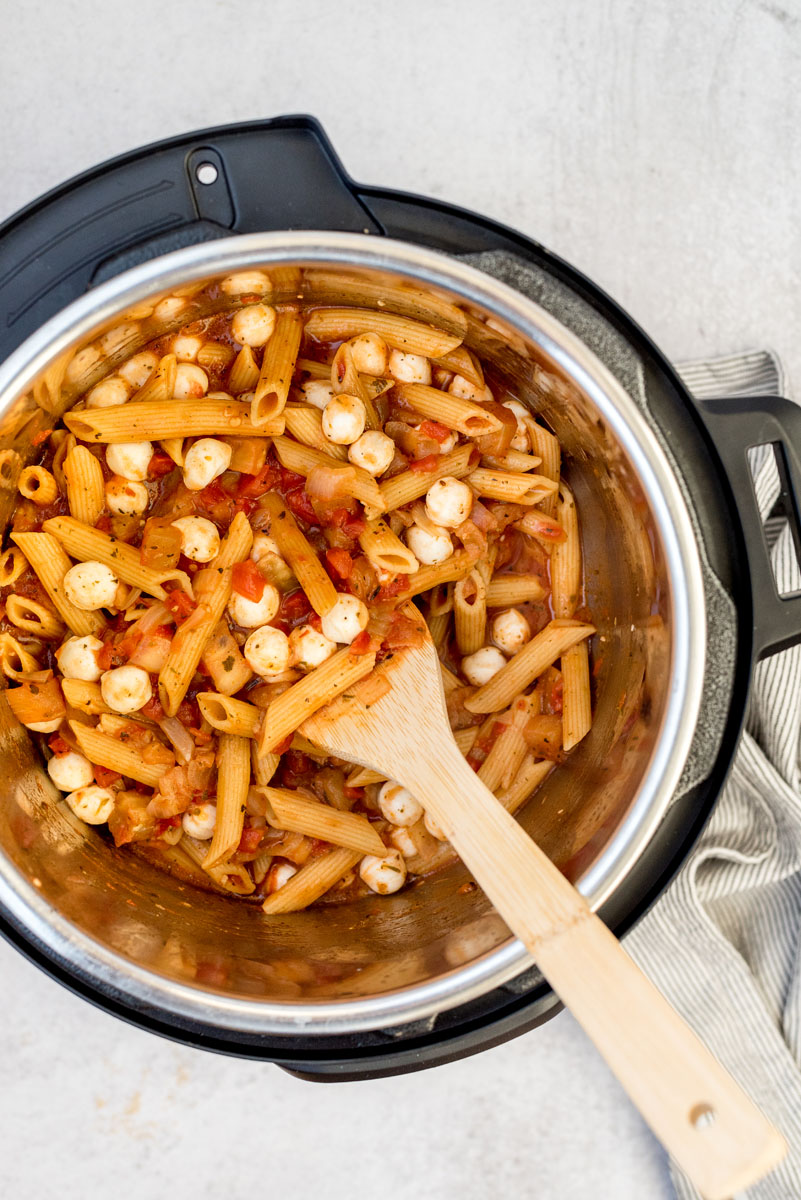
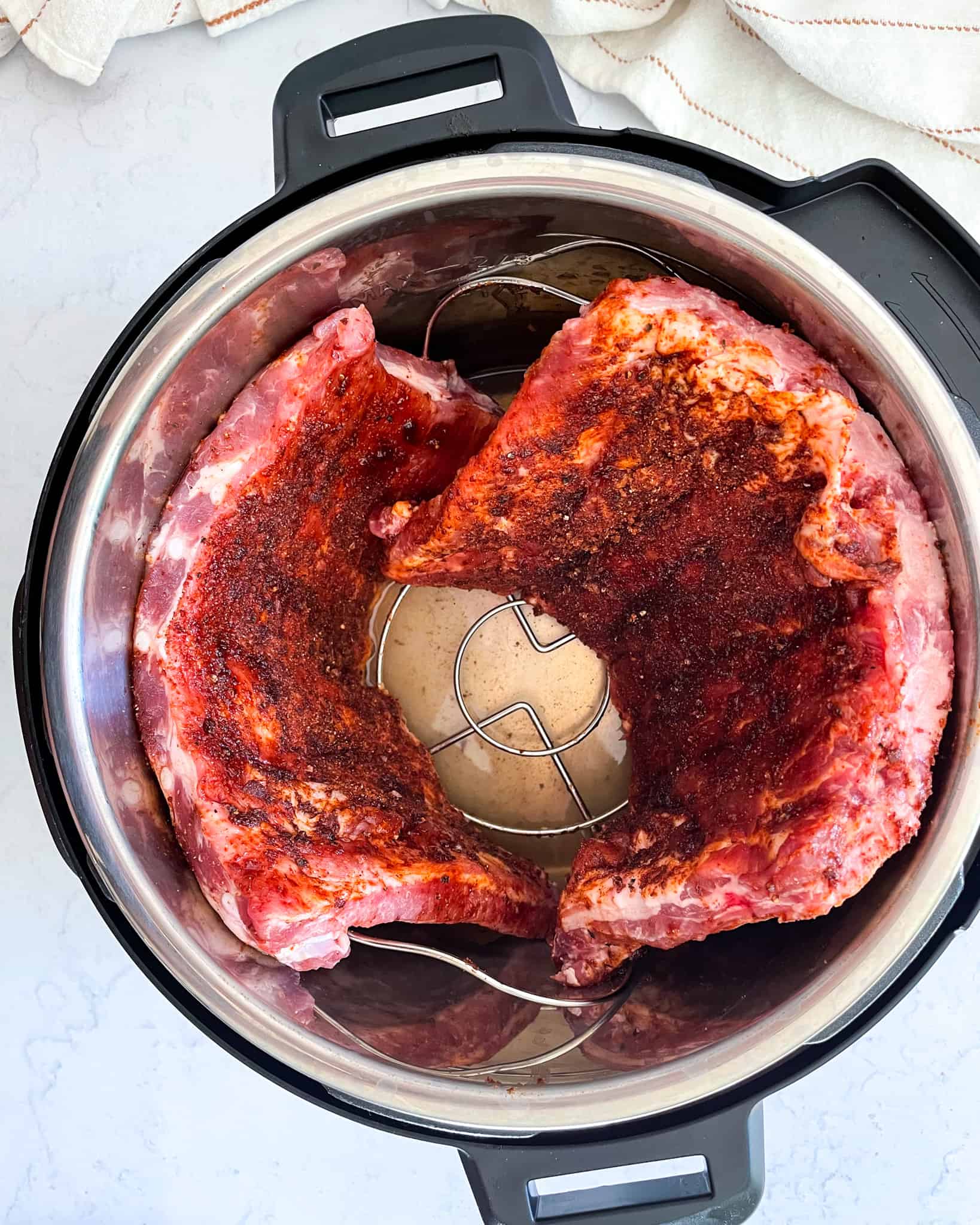
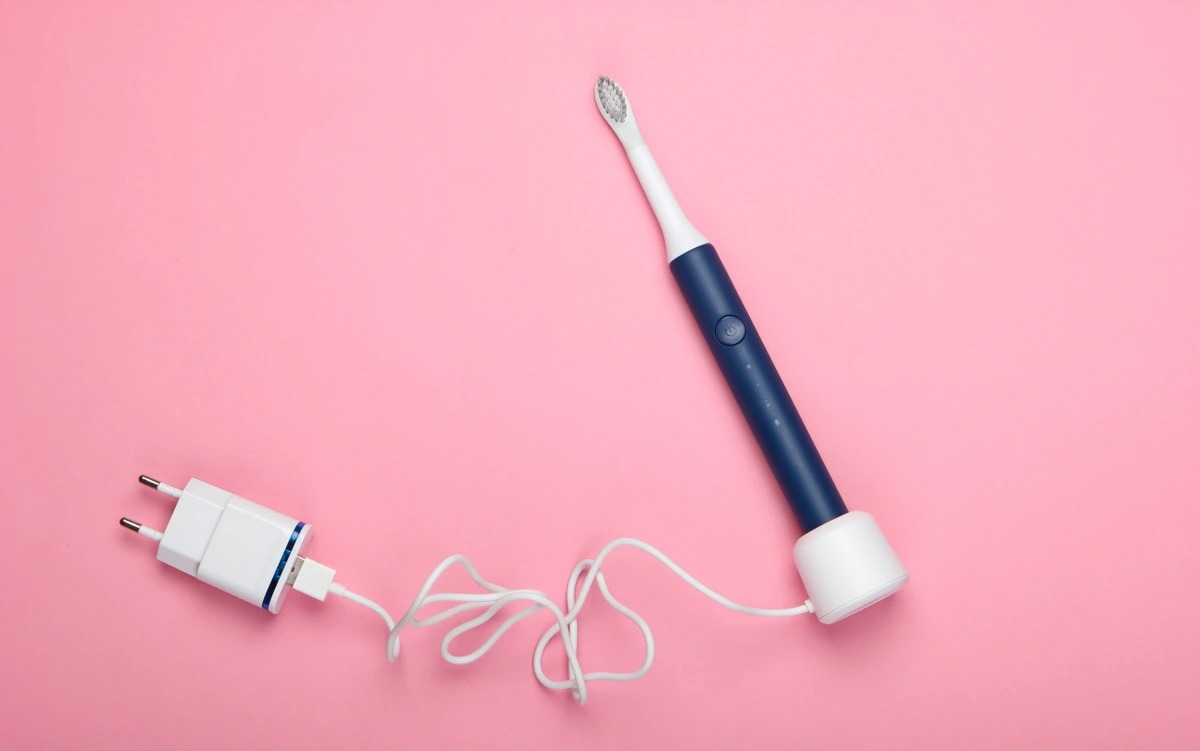
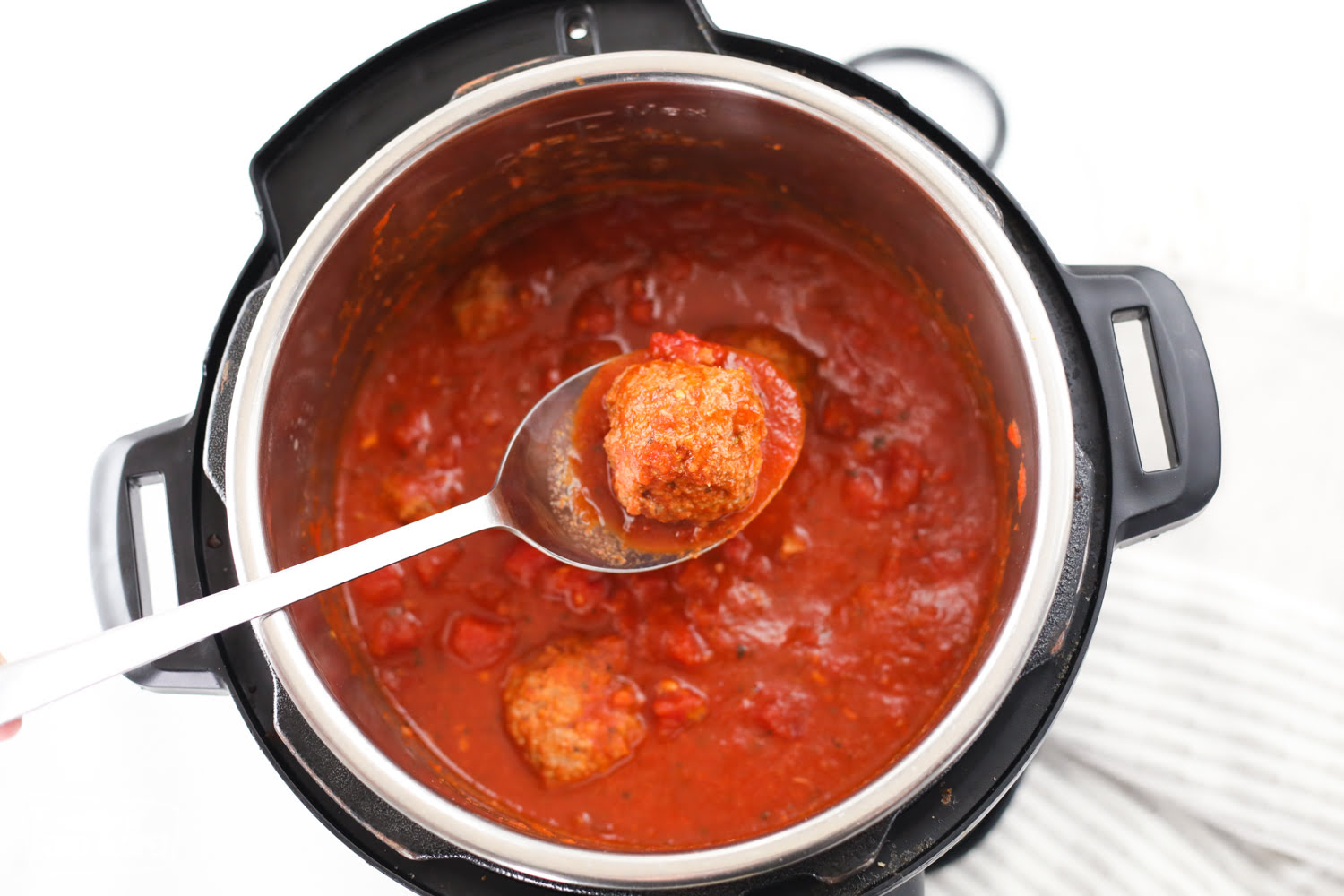
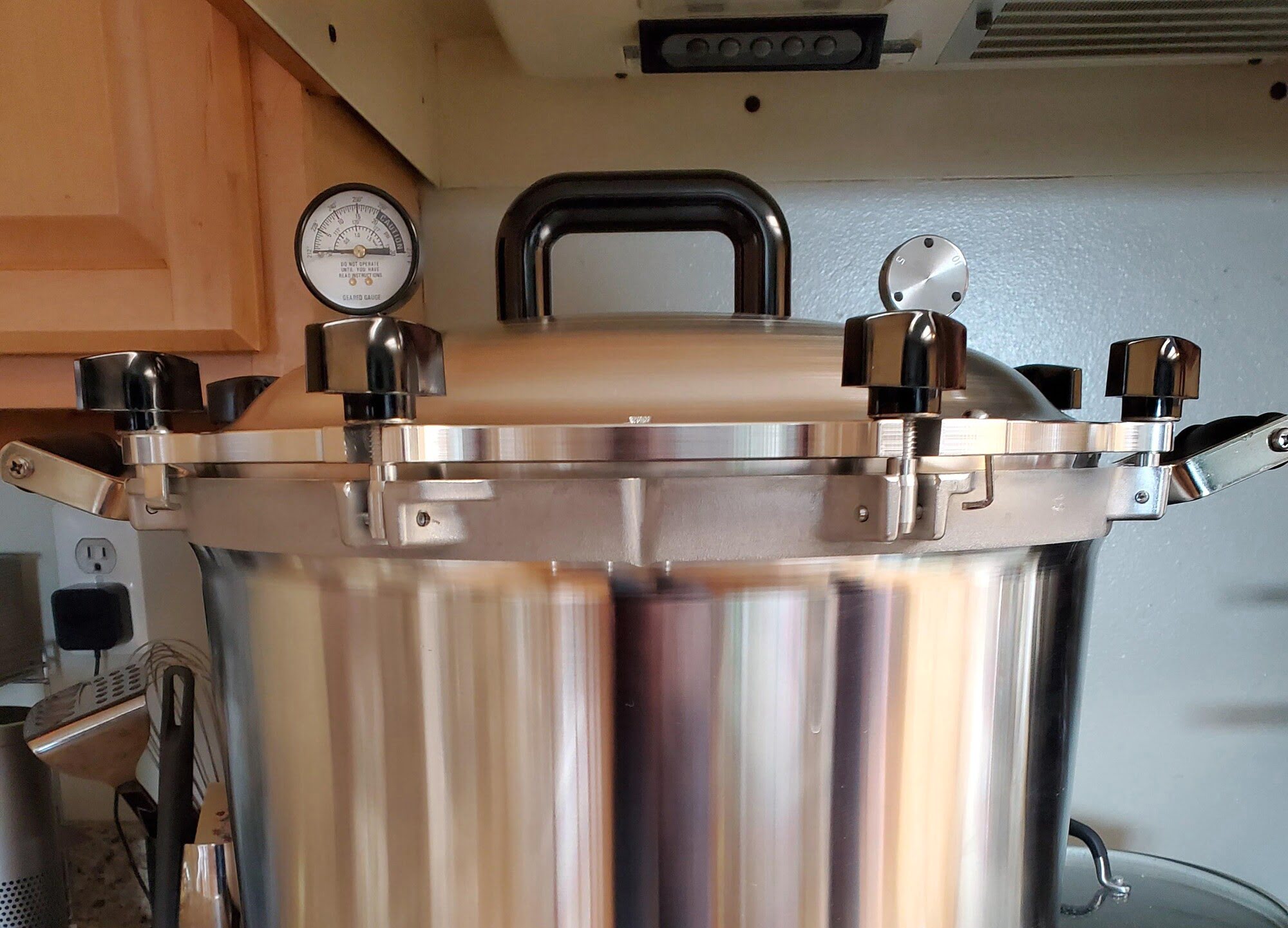
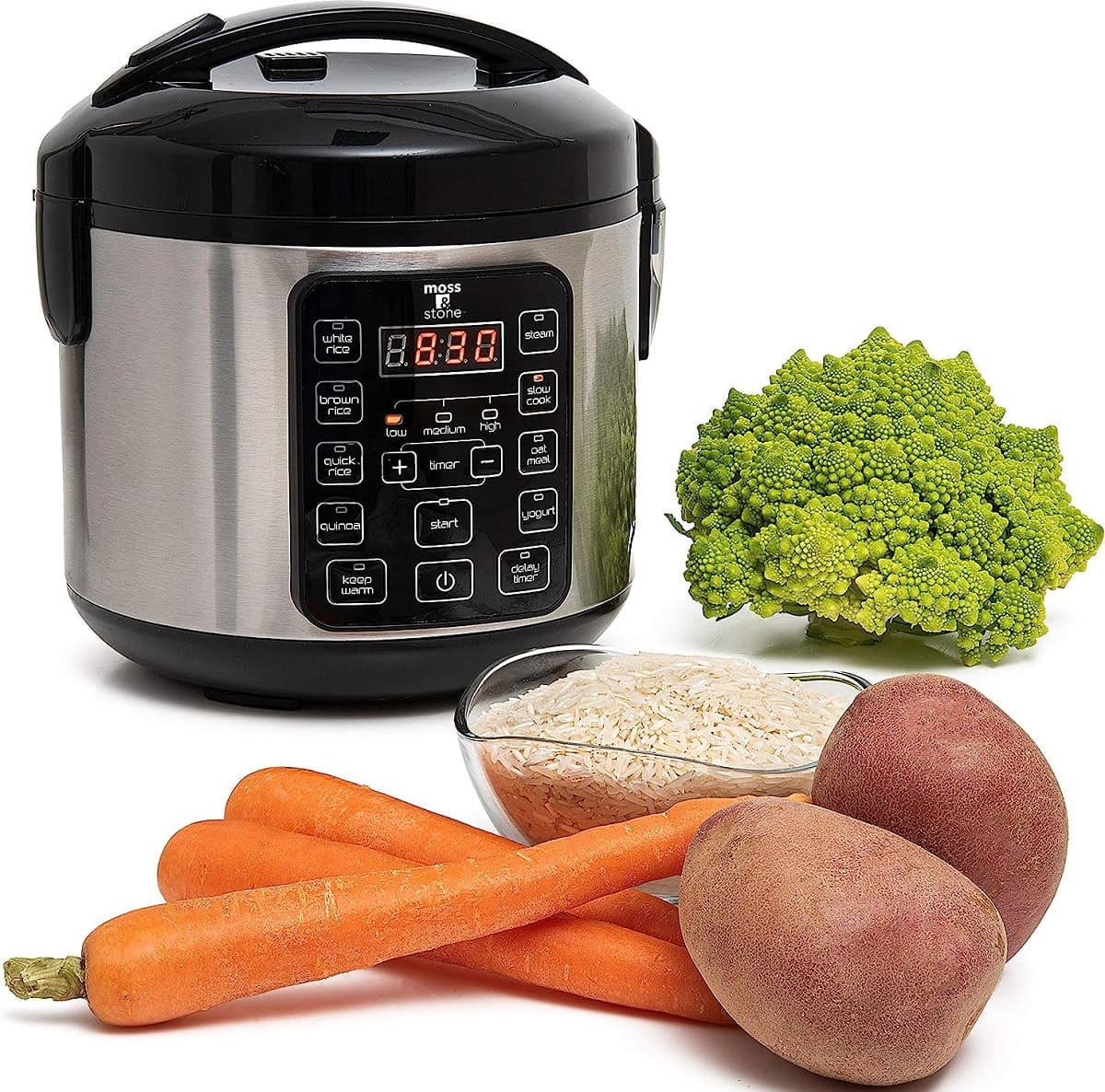
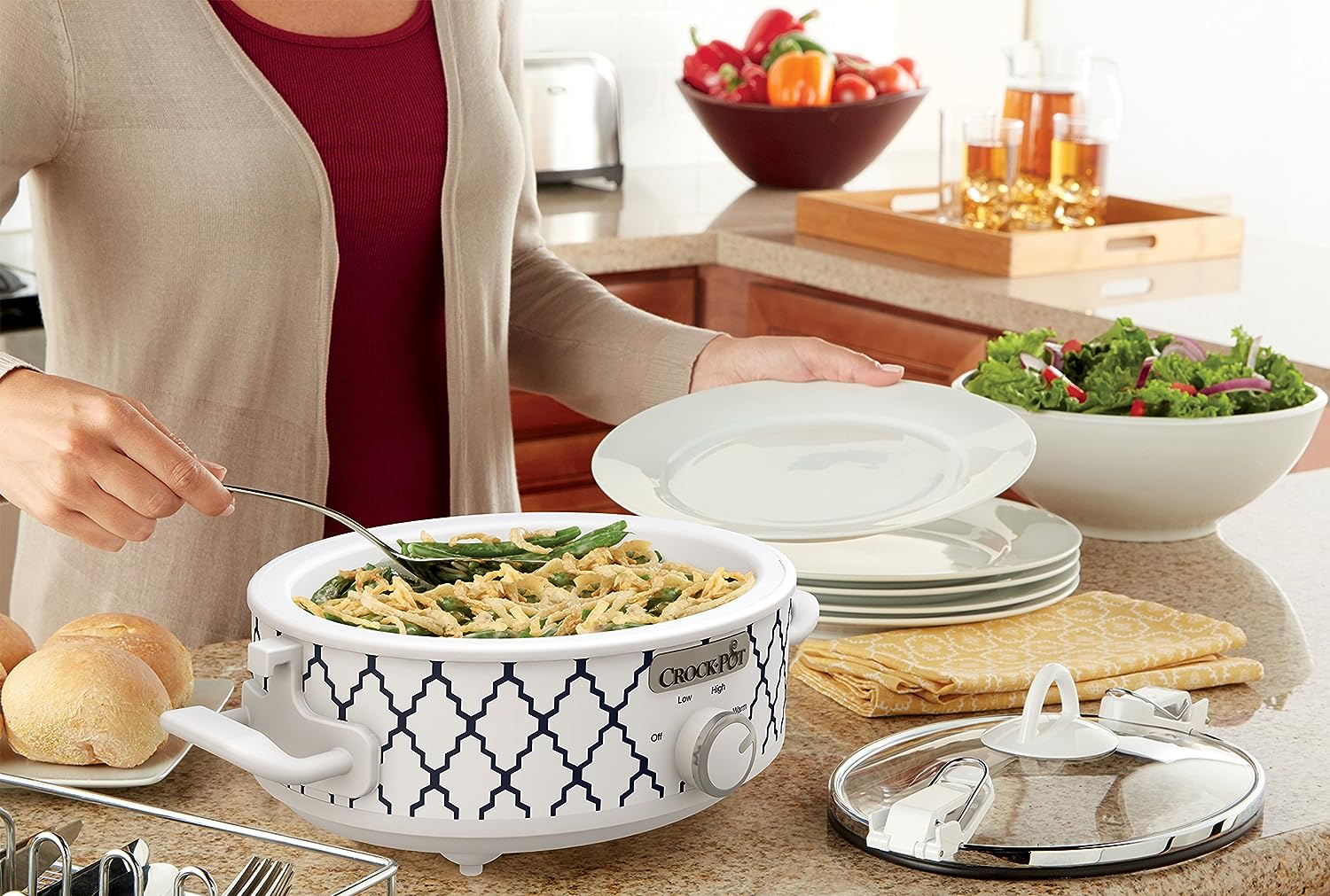
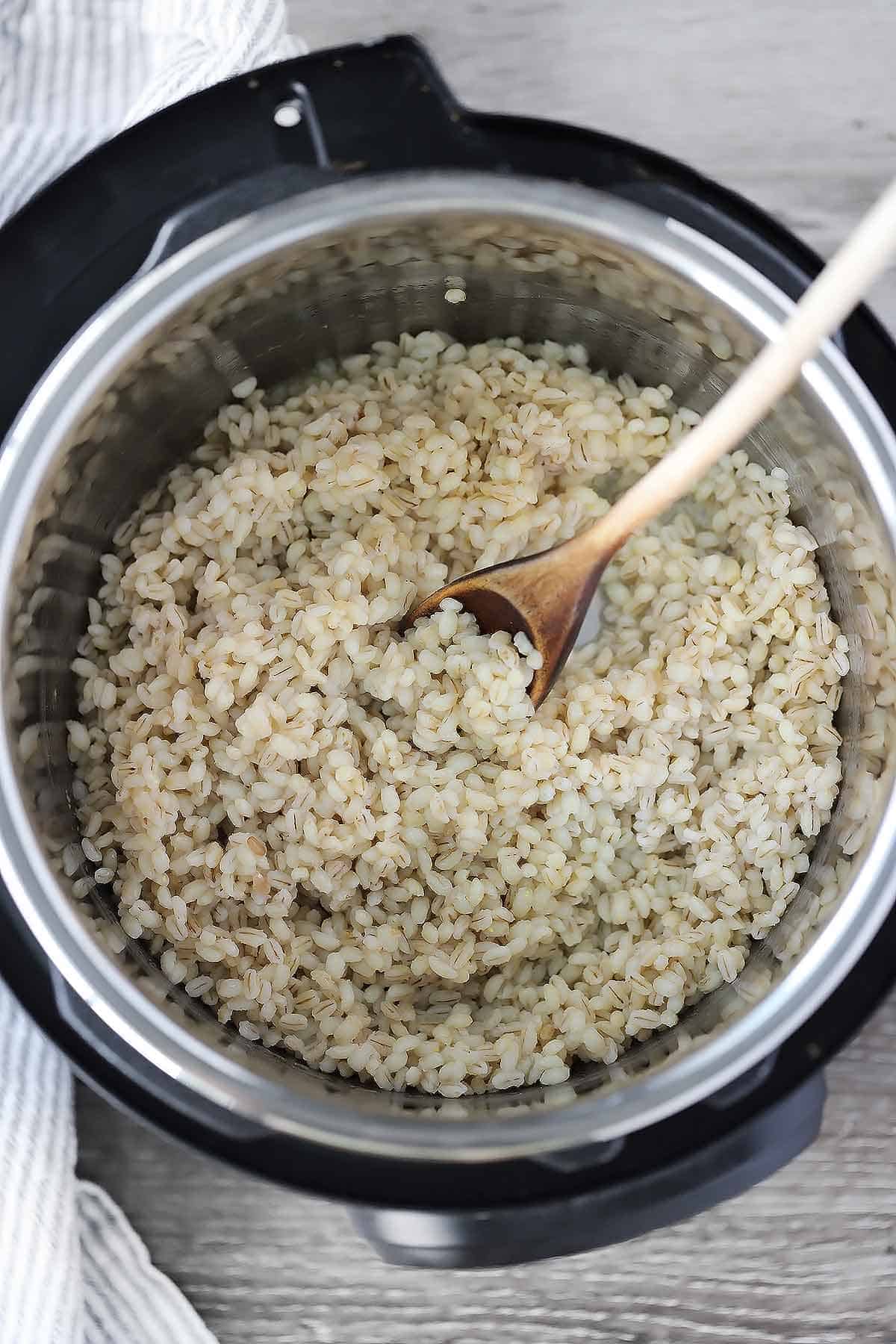

0 thoughts on “How Long Does It Take For Electric Pressure Cooker To Release Pressure”